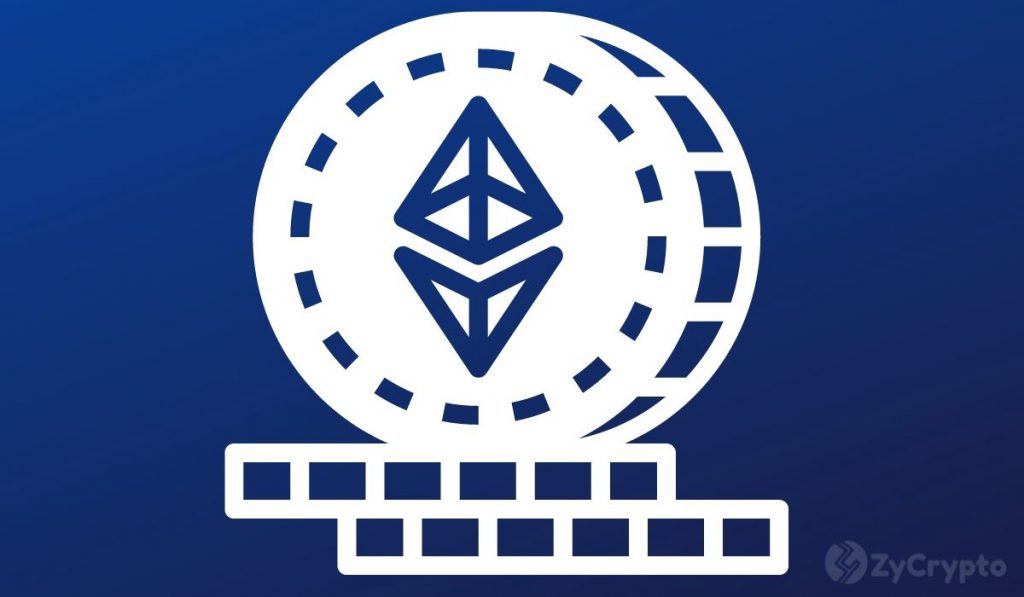The problem with NFTs on Ethereum
Ethereum is the leading platform for minting and trading NFTs. According to this report from 1confirmation, the Ethereum ecosystem accounted for 90% of the NFT trading volume of 2021. Users choose it because of its security, decentralization, and liquidity. Nevertheless, it has become increasingly difficult for small investors to operate in Ethereum due to its huge gas fees. In this web you can check the prices to mint, bid, and list NFTs on the Ethereum blockchain.
Due to this situation, lots of retail investors are opting for alternative blockchains such as Binance Smart Chain, Solana or Fantom. The truth is none of these networks have the amount of development and opportunities Ethereum has. Fortunately, there is a solution that may become mainstream in 2022.
Taking Ethereum to the masses through Layer 2s
The most prominent solution for the Ethereum scaling issues are Layer 2s. These are protocols built on top of the main chain that increases scalability while leveraging the security of the Layer 1. Most L2s are based on rollups, meaning they work bundling up a bunch of transactions off-chain and submitting a proof of those transactions on the L1. In that way, the gas price is split between hundreds of transactions.
 
 
There are 2 types of rollups, which differ on the way they validate those bundled transactions. On one hand, we have optimistic rollups, they assume all the transactions are valid and allow anyone who spots an inconsistency to submit a fraud proof. Then that transaction is validated separately to prove if it’s honest or not. This system works, even when there is only one honest party monitoring transactions.
On the other hand, we have zero knowledge rollups, they work by synthesizing the bundled transactions using a complex cryptography system called zero knowledge proof. This technology manages to prove all the transactions are valid without showing them.
These technologies can be used to build NFT marketplaces which leverage the security and development of Ethereum but have 10x less fees. Let’s see some examples of Ethereum layer 2s that support NFTs.
Arbitrum:
It’s an optimistic rollup that runs over Ethereum, gas fees in this network are around 0.5 USD for a transfer and 0.8 USD for a swap. The most popular NFT platforms on Arbitrum are Treasure, NFT Alliance, Abrazaar and Agora.
Optimism:
Another optimistic rollup with gas fees around 1 dollar per transaction. The most popular NFT marketplace in Optimism is Quixotic and the leading project is a pfp(profile picture) collection called OptiPunks.
Immutable X:
It’s a zero knowledge Layer 2 exclusively focused on NFTs. Right now, Immutable X is offering zero fees transactions within its marketplace. The most notable collection is the trading card game Gods Unchained.
Layer 2s are a scalability solution for Ethereum that can significantly reduce its gas fees. They work by processing transactions off-chain and submitting a proof of those to the main chain. The most prominent L2 mechanisms are optimistic and zero knowledge rollups. The L2 ecosystem on Ethereum is constantly growing, but it is still in its early stages. If these projects manage to gain some traction and attract liquidity, the growth will be parabolic. The next CryptoPunk or BAYC may be hidden behind a rollup.


